Are you ready to start growing your own garden transplants from seed? If you are, you’ll need to start planning the timing of your seed starting.
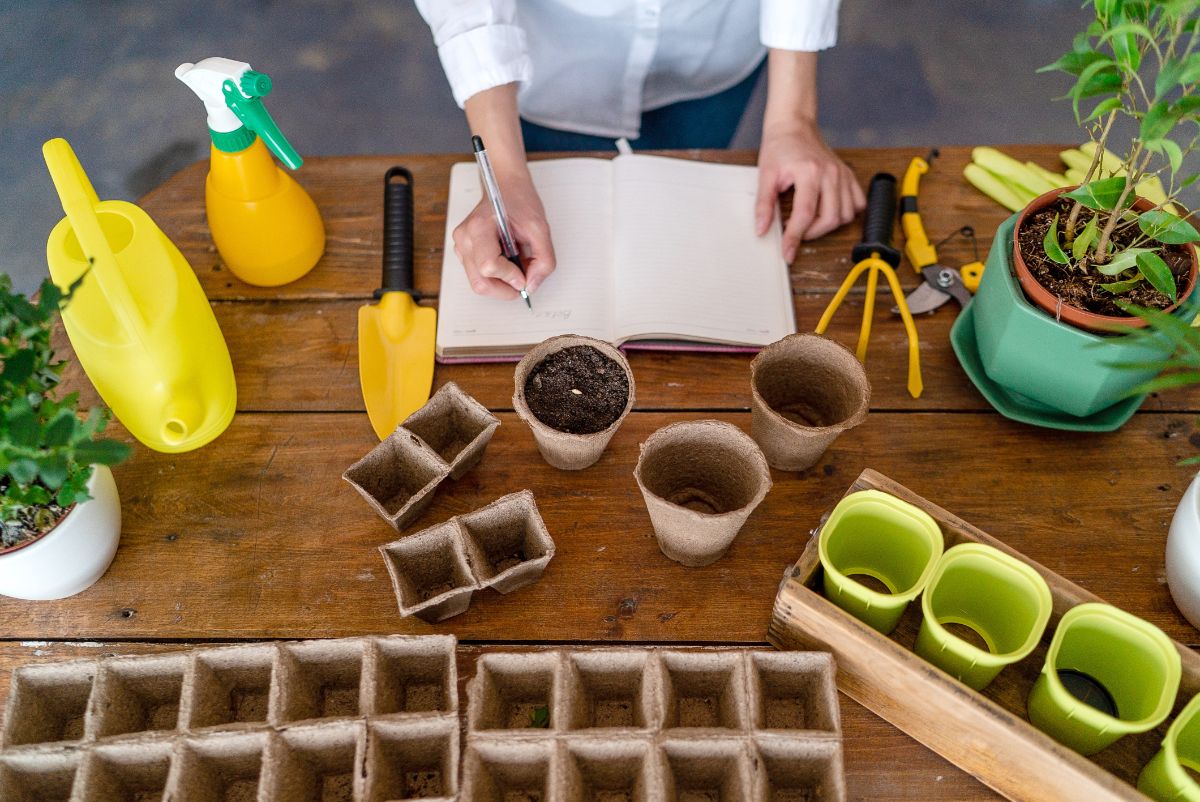
Different types of garden plants take different amounts of time to grow. Some are fast growers that don’t need to be started very far ahead. Others are very slow growers that need more time to germinate, sprout, and get growing. You don’t want to start all your seeds at once, or your plants won’t be ready to transplant outside at the right time.
At the beginning of the seed starting year (which is January or February for many gardeners), you should be starting the seeds that take the longest to grow; the seeds that take the most time to get big enough to transplant.
So, what takes the most time to germinate and grow? What seeds do you need to start first for your garden? How early do you need to start them?
Jump to:
How Early Is Early?
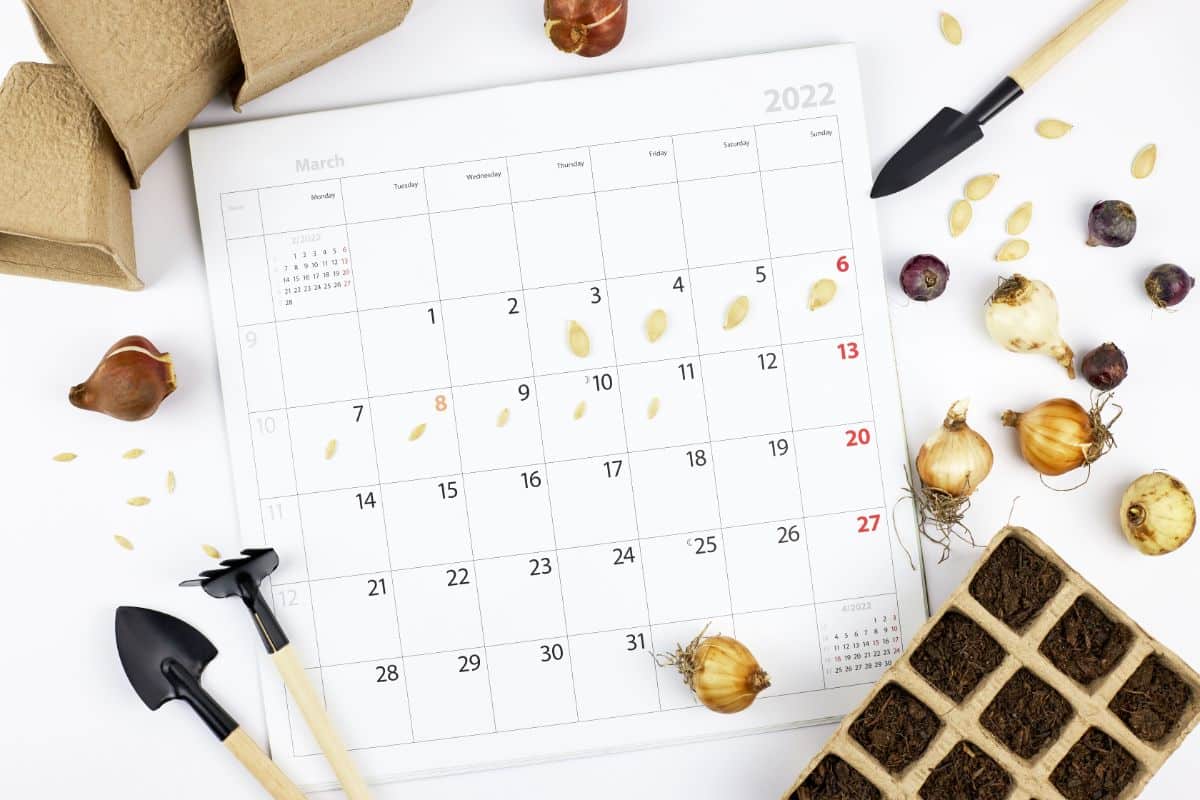
We plan the timing of seeds according to how long they need to be growing before your last frost date. The frost date is the point in the growing year that everything is based upon.
What this means is that you will start seeds several weeks before your last frost date. Your last frost date is when it is safe to plant out most seedlings. We count backwards from the last frost date for as many weeks as it takes for that type of seed to germinate and grow to transplant size.
For most types of vegetables and herbs, the right time to start them indoors is six to eight weeks before your last frost.
For long-growing plants, you need to start them 10 to 14 weeks before your last frost.
For the purpose of this article, we are looking at the seeds that you need to start the earliest—the seeds that need 10 weeks or more to grow to transplant size.
Seeds You Should Start Early
These are the seeds that you should start first. These slow growers will not catch up if you wait too long to start them, so you’ll have to prioritize them if you want to grow them from seed yourself.
What to Start 14 to 16 Weeks Before Last Frost

Plant these seeds about four months before you plan to plant them outside (count back 16 weeks from your last frost date):
- Any perennial plants that you are starting from seed. This includes perennial vegetables and landscape or bedding perennials.
- Strawberry plants if you are starting strawberries from seed.
- Hardy annual flowers that you want to plant early or that you want for early flowering hanging baskets. Pansies, violas, and geraniums will all tolerate light late frosts, so you should start them now so you can plant them out early.
- Start onion and leek seeds in this time frame if you want large transplants or early harvesting bulbing onions. Note that this is only for starting onions and alliums from seed. If you are starting from bulblets or sets, wait to plant those directly in the ground.
What to Start 10 to 12 Weeks Before Last Frost
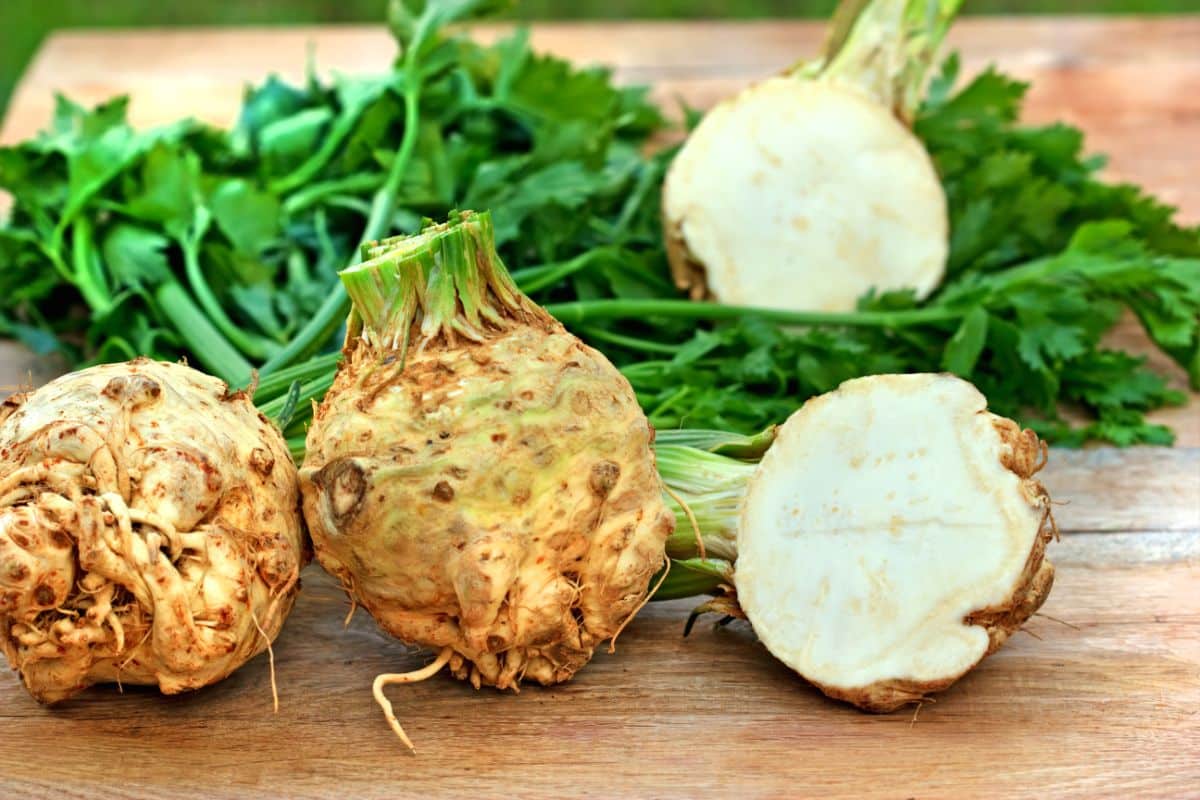
At 10 to 12 weeks before your last frost date, you should begin starting some slow-growing vegetables. You'll also start some herbs and flowers if you want them. If any of the following are on your list, start them at this time:
- Celery
- Celeriac root
- Onions for bunching onions or green onions
- Shallots
- Artichoke
- Eggplant
- Peppers*
- Rosemary
- Sage
- Savory
- Stevia
- Verbena
- Echinacea (Coneflower)
- Lavender
- Begonia
- Columbine
- Heliotrope
- Petunias
- Impatiens
- Lisianthus
- Lobelia
- Stock
*Peppers can be started as short as eight weeks before the last frost, but they’ll do better with more time to grow. Peppers can be slow to germinate, so it's a good idea to start them indoors around 10 or even 12 weeks before your last frost.
The list of flowers that can be started in this range is long. A good rule of thumb is to have all your flowers started by 10 weeks before your last frost date. A few, like zinnias, can go as short as eight or even six weeks before, but it will take them longer to start budding and flowering. (Zinnias can also be directly sown outdoors, but it will take quite a while before you can enjoy the flowers.) You’ll be happiest if you have all your flowers started no later than 10 weeks before your last frost.
The Earlier the Better—Within Reason
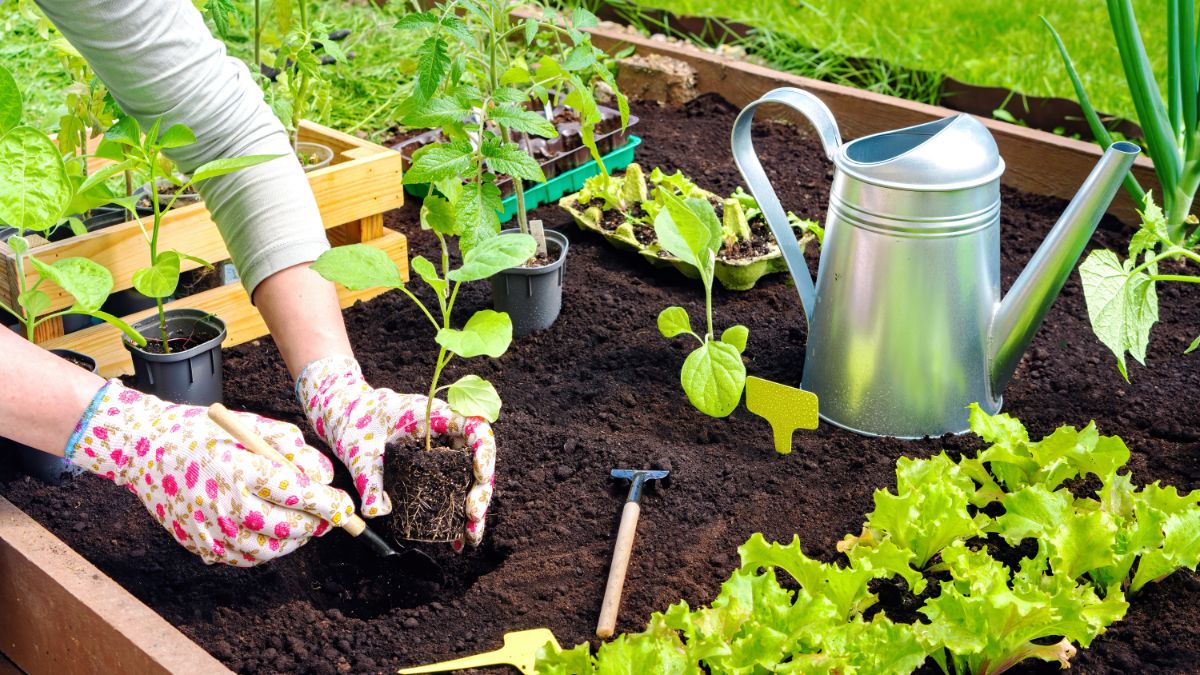
You probably noticed that each of these groups has a range of about two weeks in which they should be started. This gives you a buffer of time for when things get busy, which is nice, but for the biggest and strongest transplants, it is best to start them at the earlier end of the range. If possible, choose to start at 16 weeks instead of 14; at 12 weeks instead of 10, and so on.
When choosing when to start your garden transplants, don’t go outside the recommended range. For example, for plants that should be started 10 to 12 weeks before the last frost, don’t push them into the 14-to-16-week group. A few types of plants won’t be bothered, but these guidelines exist for a reason, and for most plants, you will cause stunting and maybe even premature blooming and fruit-bearing. At the very least, your plants will outgrow their pots, and you’ll have to spend more time potting them up into bigger pots until they can be moved outside.
You don’t gain by starting your seeds too early; but you might cause some real problems that can end up costing you a harvest. Plan your planting and seed starting according to the seed, type, and catalog or package directions. This will give you the biggest, strongest plants and the best harvests in the end.
Not sure how to start your seeds inside? Here's a book we can recommend to get you growing: Small-Space Seed Starting

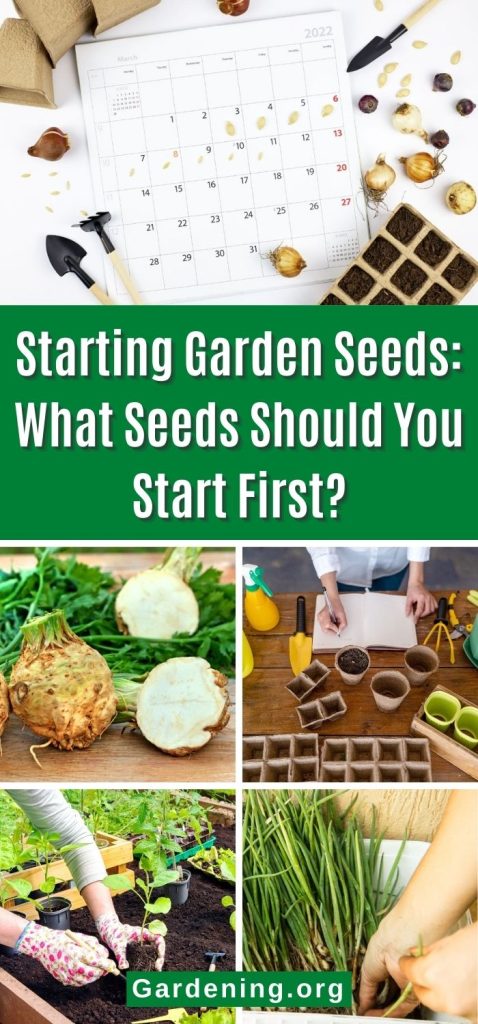

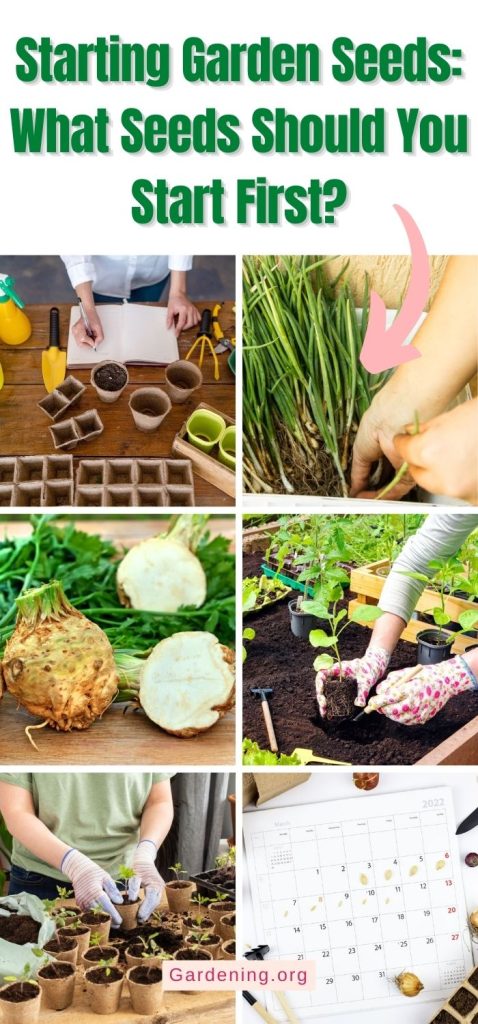
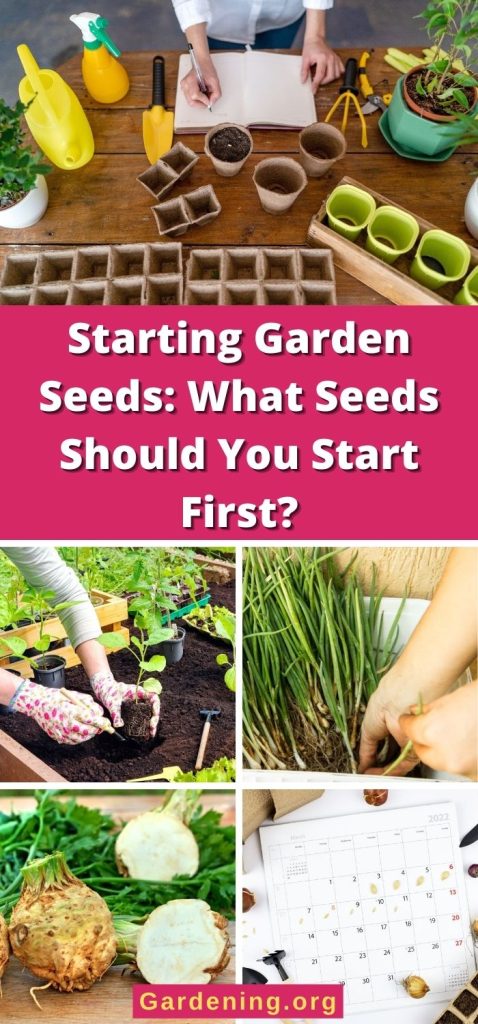

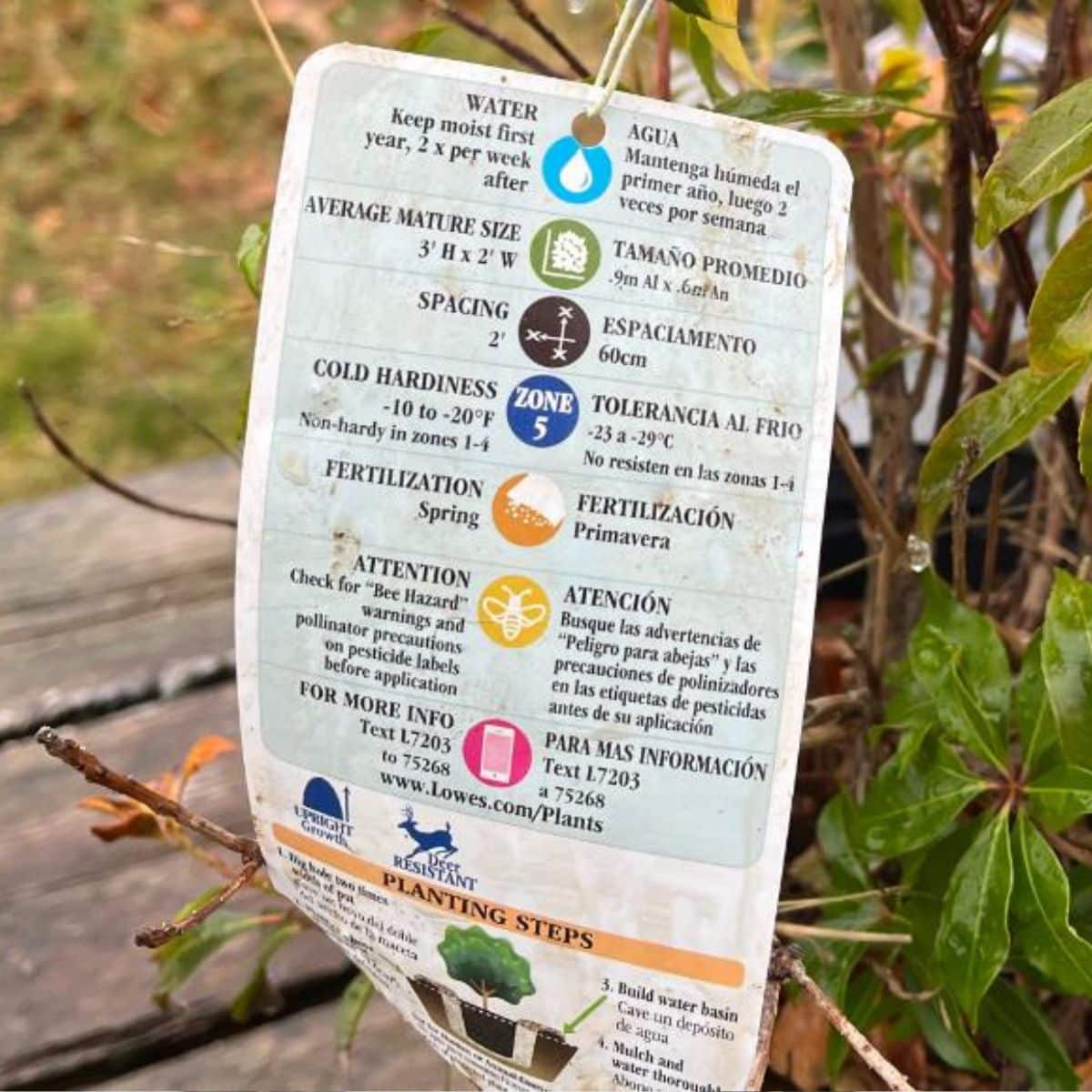
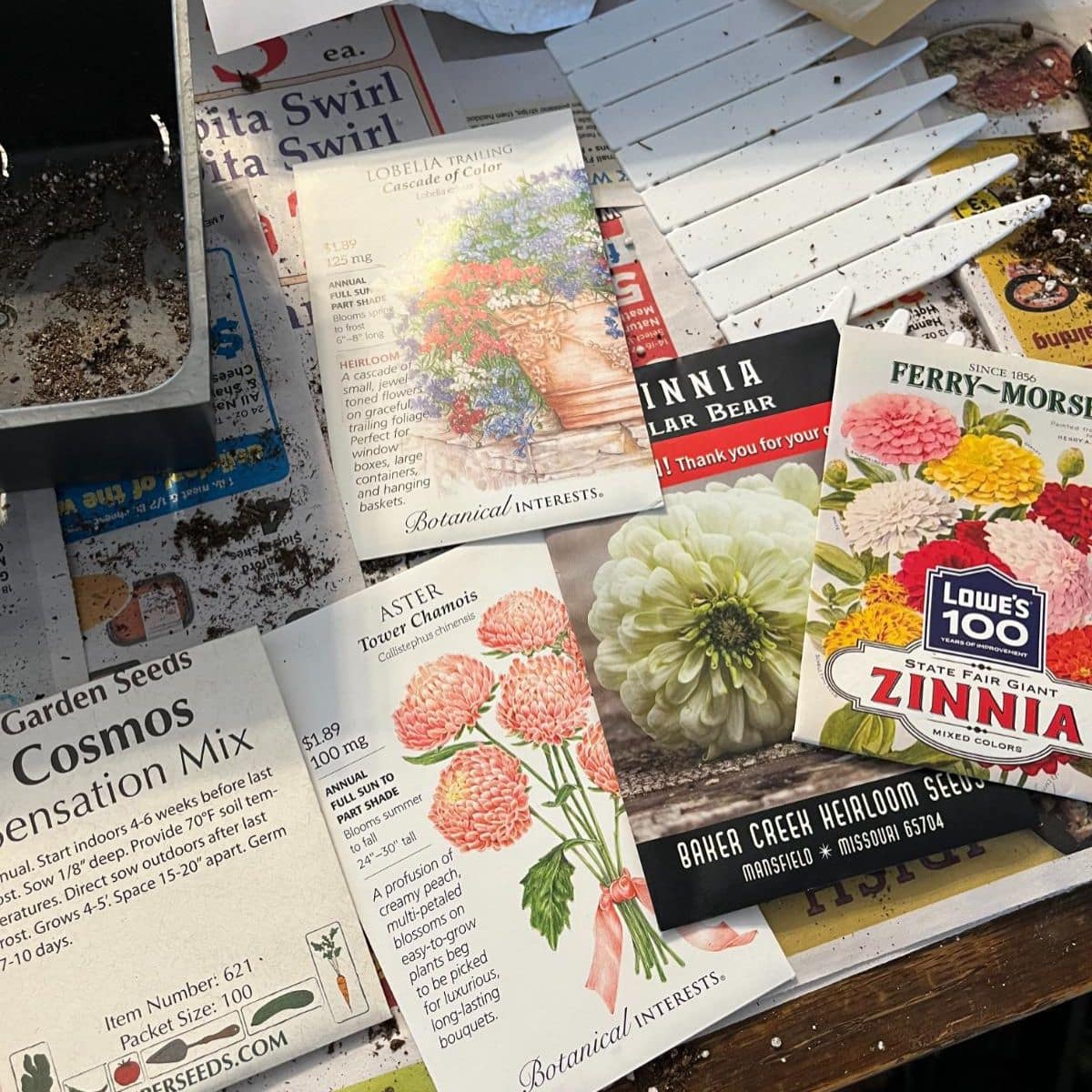
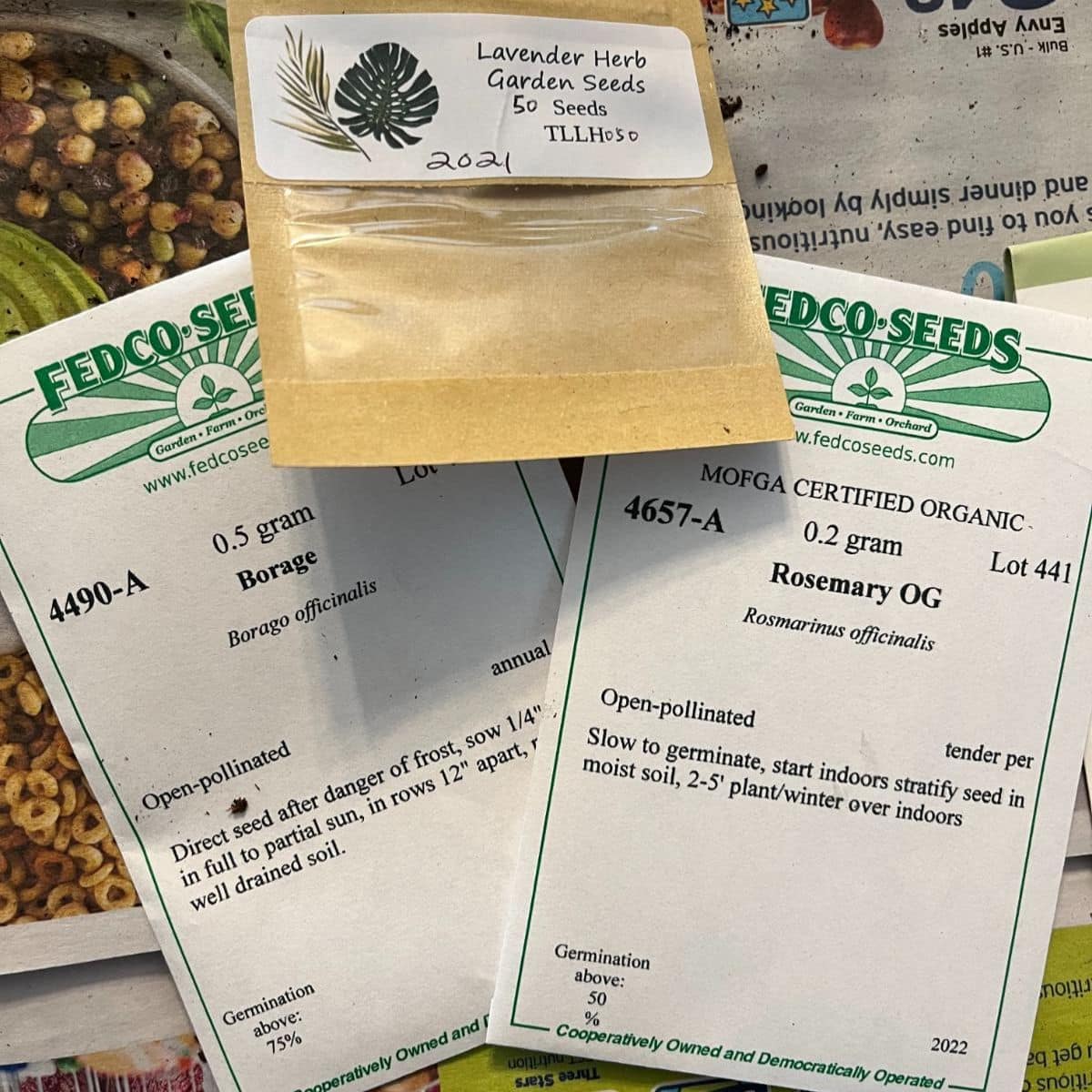
Etta Fuchsman
I am a beginner and this artcle seemed overly detailed.
Would you be able to share a smaller list of basic, easy and fun to grow vegetables and perennials?
Mary Ward
HI Etta,
That could prove to be a very long list, especially with perennials 🙂
We are condensing this down into a simpler table. Please subscribe and check back to see when that is out.
Thanks for reading!